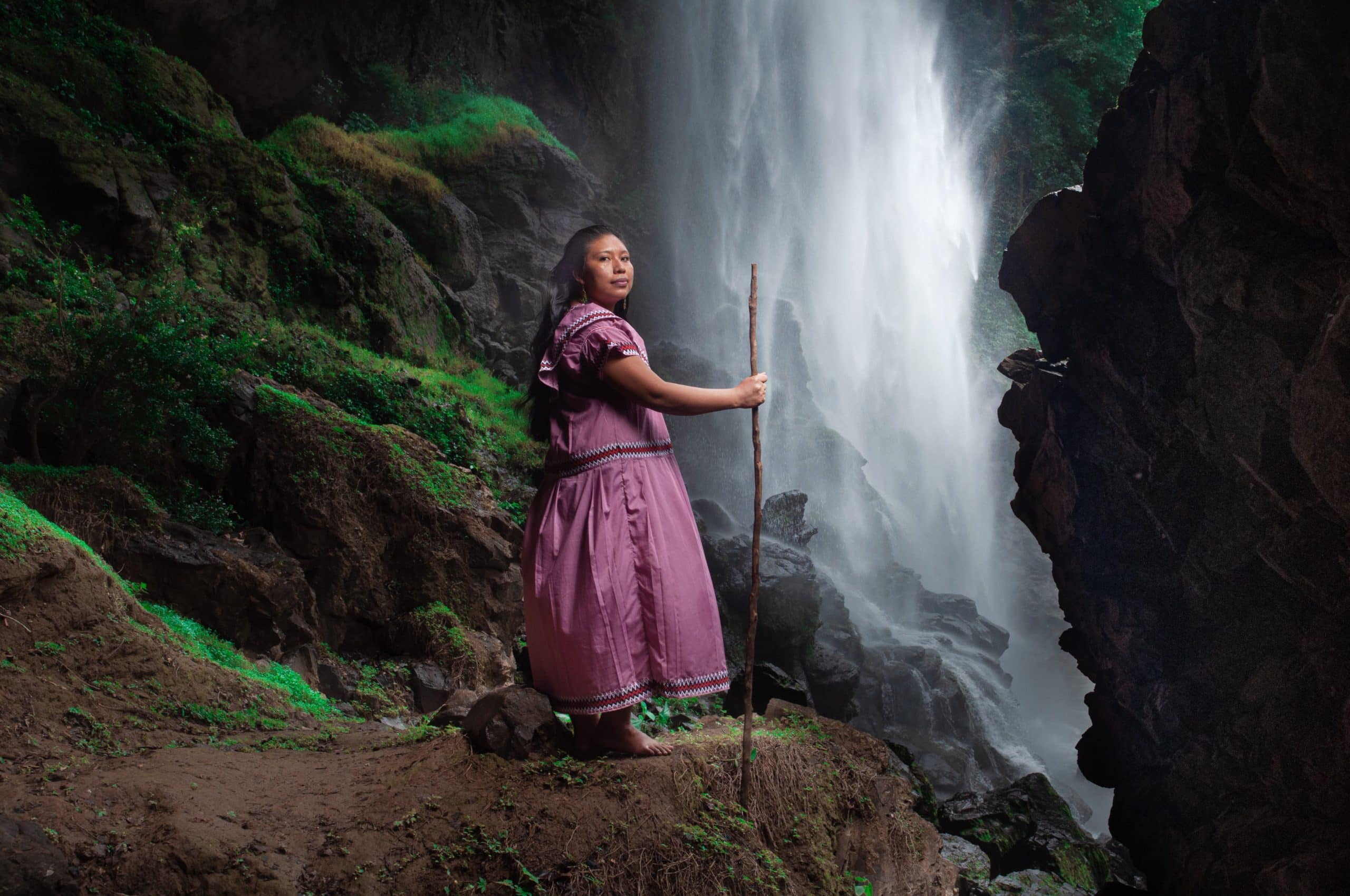Inequity in distribution of tourism income is a major problem in much of Latin America, especially for indigenous communities. Now Panama is taking tangible steps to fix that, beginning with ten pilot projects and a focus on nature and tradition. Iván Eskildsen, the nation’s Minister of Tourism, explains.
Our National Plan Intends To Preserve and Regenerate Ecosystems and Ancestral Traditions
As Panama aspires to become a world-class sustainable tourism destination, local communities need to be considered at the very center of the tourism phenomenon, or sustainability will not be achieved. This philosophy is at the heart of Panama’s Sustainable Tourism Master Plan.

The Panama Sustainable Tourism Model has been launched by the Tourism Authority of Panama (ATP) to establish tourism as a powerful tool to empower local and indigenous communities, so they can preserve and regenerate Panama’s rich and diverse ecosystems, as well as Panama’s cultural heritage, including ancestral practices at risk of disappearing. Local communities need to be the true guardians of the earth, and of their ancestral traditions.
The Panamanian Foundation for Sustainable Tourism (APTSO) and the ATP, have established the Panama Alliance for Community Tourism (PACT) to work alongside local communities to implement this philosophy.
PACT: a Collaborative Effort
The PACT project is reaching the end of its first phase, working with 10 pilot communities that reflect the cultural diversity of Panama in its main expressions: Indigenous, Afro and mestizo (Spanish heritage): Mata Oscura, Achiote, Bonllik, Santa Fe, Jurutungo, Soloy, Rio Caña, Bastimentos (Bahía Honda), Isla Cañas, and La Pintada.
These communities were selected based on a series of objective criteria that recognized their tourism potential, as well as a sufficient level of preparation that would allow them to reach a “market ready” status in the shortest possible time. With these communities, a diagnosis of their current degree of development was carried out by the PACT team; they participated in training sessions and workshops, and a catalog was prepared with information on the most attractive tourist experiences offered by the 10 communities.

Also, the diagnosis identified investments needed for the communities’ attractions to be better prepared for visitors. Some of these investments have already been made to improve the visitor experience; other community needs in infrastructure will be submitted to the government’s Social Cabinet. This includes needs for improvements in water systems, community lodging, energy efficiency, among other proposed improvements. These infrastructure needs will also be presented to NGOs and international organizations that have available funds focused on biodiversity protection, and empowerment of local communities, to achieve the outlined roadmap for the pilot communities.
Marketing Community Tourism
In parallel to the preparation of these local communities, marketing strategies are being worked with these local communities, especially through the integration of the communities’ experiences in the tourism catalogs of national and international tour operators.
To accelerate this integration process, a Community Tourism Experiences Innovation Contest was launched together with the United Nations World Tourism Organization (UNWTO), offering attractive prizes to the most innovative experiences in community tourism. As a part of the contest, we are facilitating alliances between community providers and tour operators, through different workshops and training sessions.

The Panama Sustainable Tourism Model as an Open-Source Template
In Latin America and many other parts of the world we share a common reality: we have incredible wealth when it comes to biodiversity and cultural diversity, but at the same time we have a terrible distribution of income. We see the Panama Sustainable Tourism Model as a great opportunity to improve the quality of life of rural communities, through the sustainable development of their natural and cultural resources.
Even though the work with local communities is just finalizing its first phase, we are starting to see positive results from the initiatives described above. Some national and international tour operators are integrating these community-based experiences to their catalogs, and are beginning to bring tourists to these communities. We are optimistic that these results will mature in time, and as this happens, we will be committed to share this Sustainable Tourism Model as an open-source template, which can be replicated in other countries committed to the development of local communities and the regeneration of the planet’s ethnic and biological diversity.

